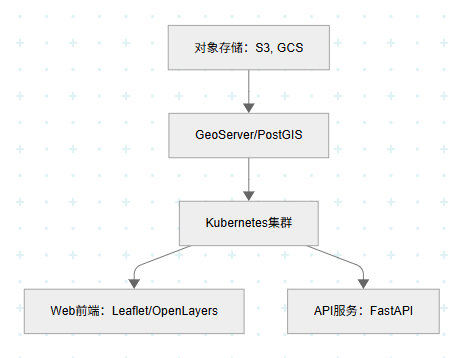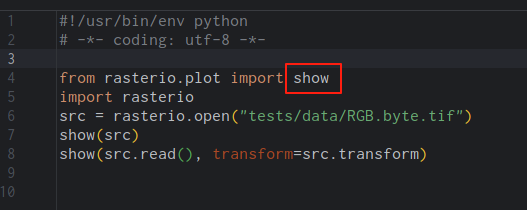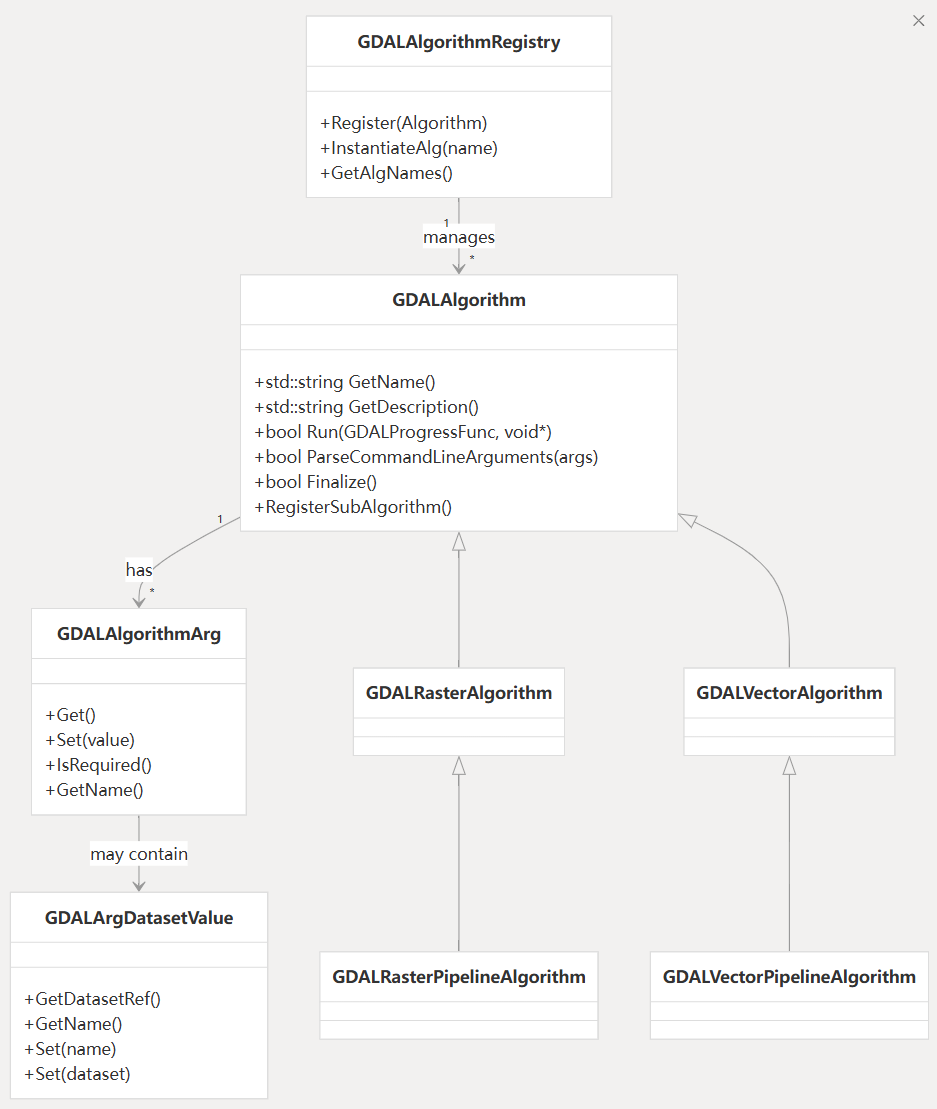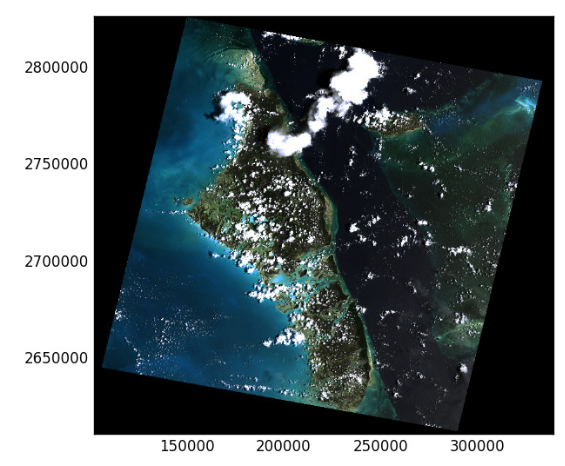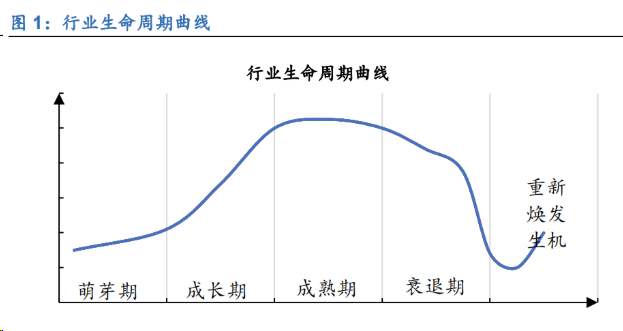第8章-Python高程数据分析实战——从地形建模到洪水模拟

第8章-Python高程数据分析实战——从地形建模到洪水模拟
ytkz引言
高程数据(Elevation Data)是地理空间分析的核心数据类型,融合了矢量(点/线/面)和栅格(像素网格)的特性,其三维属性(X/Y平面坐标+Z高程值)在地形可视化、水文建模、地貌分类和路径规划等领域具有不可替代的作用。《Learning Geospatial Analysis with Python》(第八章“Python and Elevation Data”)系统梳理了高程数据的处理流程,从点云到栅格DEM,再到三维建模,为开发者提供了全面的技术指南。
本文通过详细的代码示例和实际案例,深入解析高程数据的核心处理技术,包括LiDAR点云处理、DEM坡度分析、三维地形建模和洪水模拟。我们还将探讨性能优化(如分块处理和并行计算)、AI辅助开发以及未来趋势,帮助开发者构建高效、可靠的高程数据分析工作流。
一、高程数据的四大类型与处理工具
高程数据涵盖多种格式,每种格式适用于特定场景。以下是主要类型及其处理工具:
1. 数据格式与特点
| 格式 | 数据类型 | 典型应用 | Python处理库 |
|---|---|---|---|
| DEM | 栅格 | 地形渲染、坡度/坡向计算 | GDAL, Rasterio, NumPy |
| LAS/LAZ | 点云 | LiDAR三维建模、植被分析 | laspy, PDAL, Open3D |
| TIN | 矢量 | 工程地形表面建模、有限元分析 | PyVista, Shapely |
| GeoJSON 3D | 矢量 | 建筑模型、地下管线可视化 | GeoPandas, Three.js, Fiona |
- DEM(Digital Elevation Model):以规则网格存储高程值,适合大范围地形分析。
- LAS/LAZ:存储LiDAR点云数据,包含高精度三维坐标和分类信息(如地面、植被)。
- TIN(Triangulated Irregular Network):基于三角网的矢量模型,适合局部高精度建模。
- GeoJSON 3D:扩展GeoJSON以存储三维几何,适用于Web可视化。
2. 核心处理库
- laspy:轻量级LiDAR点云读写,支持LAS/LAZ格式。
- PyVista:三维网格处理与交互式可视化,适合TIN和点云渲染。
- Rasterio:栅格高程数据操作,简化GDAL的API。
- PDAL(Point Data Abstraction Library):点云数据处理管道,支持滤波、分类和格式转换。
- NumPy/SciPy:矩阵运算和科学计算,优化坡度、崎岖度分析。
- WhiteboxTools:专业地形和水文分析工具,集成流域提取等算法。
二、高程数据关键处理流程
高程数据处理涉及点云预处理、栅格分析和三维建模。以下展示三个核心流程。
1. LiDAR点云处理
场景:读取LiDAR点云(LAZ格式),可视化地面和植被点。
代码示例:
import laspy
import matplotlib.pyplot as plt
import numpy as np
def visualize_lidar_points(laz_path, output_png):
"""
可视化LiDAR点云分类
参数:
laz_path - 输入LAZ文件路径
output_png - 输出PNG路径
"""
las = laspy.read(laz_path)
x, y, z = las.x, las.y, las.z
classification = las.classification
plt.figure(figsize=(10, 8))
scatter = plt.scatter(x, y, c=classification, cmap='viridis', s=0.1)
plt.colorbar(scatter, label='分类: 2=地面, 4=植被')
plt.title("LiDAR Point Cloud Classification")
plt.xlabel("X (meters)")
plt.ylabel("Y (meters)")
plt.savefig(output_png, dpi=300, bbox_inches="tight")
plt.close()
# 示例
visualize_lidar_points("urban.laz", "lidar_classification.png")解析:
- laspy读取LAZ文件,提取坐标(x, y, z)和分类信息。
- Matplotlib绘制散点图,颜色编码表示点云类别(地面、植被等)。
应用:城市三维建模、森林覆盖分析。
2. DEM栅格分析(坡度计算)
场景:从DEM计算坡度,生成坡度分布图。
代码示例:
import rasterio
import numpy as np
def calculate_slope(dem_path, output_tif):
"""
计算DEM坡度
参数:
dem_path - 输入DEM路径
output_tif - 输出坡度GeoTIFF路径
"""
with rasterio.open(dem_path) as src:
dem = src.read(1).astype(float)
x_res, y_res = src.res # 分辨率(米/像素)
# 计算梯度
dy, dx = np.gradient(dem, y_res, x_res)
slope = np.degrees(np.arctan(np.sqrt(dx**2 + dy**2)))
# 保存坡度图
profile = src.profile
profile.update(dtype=rasterio.float32, count=1)
with rasterio.open(output_tif, 'w', **profile) as dst:
dst.write(slope, 1)
# 示例
calculate_slope("dem.tif", "slope.tif")解析:
- NumPy的
gradient函数计算高程变化率。 - 坡度公式:(\text{slope} = \arctan(\sqrt{\text{dx}^2 + \text{dy}^2})),转换为度数。
- Rasterio保存结果,保留原始投影信息。
应用:滑坡风险评估、道路规划。
3. 三维地形建模(TIN生成)
场景:从DEM生成三角网(TIN)并进行交互式可视化。
代码示例:
import pyvista as pv
import numpy as np
from scipy.spatial import Delaunay
def create_tin_model(x_coords, y_coords, elevation, output_html):
"""
从高程数据生成TIN并可视化
参数:
x_coords, y_coords - 平面坐标网格
elevation - 高程值数组
output_html - 输出HTML路径
"""
# 构造点云
points = np.column_stack([x_coords.ravel(), y_coords.ravel(), elevation.ravel()])
# 生成三角网
tri = Delaunay(points[:, :2])
faces = np.hstack([np.full((tri.simplices.shape[0], 1), 3), tri.simplices]).ravel()
mesh = pv.PolyData(points, faces)
# 可视化
plotter = pv.Plotter()
plotter.add_mesh(mesh, scalars=elevation.ravel(), cmap='terrain', show_edges=True)
plotter.add_title("TIN-based Terrain Model")
plotter.export_html(output_html)
# 示例:假设有规则网格
x, y = np.meshgrid(np.linspace(0, 100, 50), np.linspace(0, 100, 50))
z = np.sin(x / 10) * np.cos(y / 10) * 50 # 模拟高程
create_tin_model(x, y, z, "terrain_model.html")解析:
- Delaunay生成三角网,确保网格拓扑优化。
- PyVista创建交互式三维模型,支持Web导出。
应用:工程设计、虚拟现实地形展示。
三、实战应用场景
高程数据在多个领域有广泛应用,以下展示三个典型案例。
1. 洪水淹没模拟
场景:模拟水位上升至50米时的淹没区域。
代码示例:
import rasterio
import numpy as np
import matplotlib.pyplot as plt
def simulate_flood(dem_path, water_level, output_png):
"""
模拟洪水淹没区域
参数:
dem_path - 输入DEM路径
water_level - 水位高度(米)
output_png - 输出淹没图PNG路径
"""
with rasterio.open(dem_path) as src:
dem = src.read(1).astype(float)
flood_mask = np.where(dem < water_level, 1, 0) # 1表示淹没区
plt.figure(figsize=(10, 8))
plt.imshow(flood_mask, cmap='Blues', alpha=0.7)
plt.colorbar(label='淹没区 (1=淹没, 0=未淹没)')
plt.title(f"洪水淹没范围(水位 {water_level} 米)")
plt.axis("off")
plt.savefig(output_png, dpi=300, bbox_inches="tight")
plt.close()
# 示例
simulate_flood("dem.tif", 50, "flood_map.png")应用:洪水风险评估、城市防洪规划。
2. 地形崎岖度分析
场景:计算地形崎岖度,识别复杂地貌区域。
代码示例:
import rasterio
import numpy as np
from skimage.filters import gaussian
def calculate_roughness(dem_path, output_tif):
"""
计算地形崎岖度
参数:
dem_path - 输入DEM路径
output_tif - 输出崎岖度GeoTIFF路径
"""
with rasterio.open(dem_path) as src:
dem = src.read(1).astype(float)
profile = src.profile
# 高斯滤波提取趋势面
trend = gaussian(dem, sigma=5)
roughness = dem - trend # 局部高程偏差
# 保存结果
profile.update(dtype=rasterio.float32, count=1)
with rasterio.open(output_tif, 'w', **profile) as dst:
dst.write(roughness, profiled in range(0, height, block_size):
for j in range(0, width, block_size):
window = Window(j, i, min(block_size, width - j), min(block_size, height - i))
dem_block = src.read(window=window)
# 示例:计算块内坡度
dy, dx = np.gradient(dem_block, *src.res)
slope_block = np.degrees(np.arctan(np.sqrt(dx**2 + dy**2)))
# 保存或合并结果
# 示例
process_large_dem("dem.tif", block_size=1024)应用:TB级DEM处理、云计算环境分析。
2. 点云压缩与空间索引
场景:过滤LiDAR点云,仅保留地面点并压缩为LAZ格式。
代码示例:
import pdal
def filter_ground_points(input_laz, output_laz):
"""
过滤地面点并压缩为LAZ
参数:
input_laz - 输入LAZ路径
output_laz - 输出LAZ路径
"""
pipeline = [
{"type": "readers.las", "filename": input_laz},
{"type": "filters.range", "limits": "Classification[2:2]"}, # 仅地面点
{"type": "writers.las", "filename": output_laz, "compression": "laszip"}
]
pipeline = pdal.Pipeline(pipeline)
pipeline.execute()
print(f"地面点已保存至 {output_laz}")
# 示例
filter_ground_points("input.laz", "ground.laz")解析:
- PDAL提供管道式处理,支持滤波、分类和压缩。
- laszip压缩显著减小文件体积。
应用:点云数据共享、存储优化。
3. 并行处理
场景:并行计算坡度以加速大规模DEM分析。
代码示例:
from multiprocessing import Pool
import rasterio
import numpy as np
def process_block(window, dem_path):
"""
处理DEM块:计算坡度
参数:
window - 窗口对象
dem_path - 输入DEM路径
返回:坡度数组
"""
with rasterio.open(dem_path) as src:
dem = src.read(1, window=window).astype(float)
x_res, y_res = src.res
dy, dx = np.gradient(dem, y_res, x_res)
slope = np.degrees(np.arctan(np.sqrt(dx**2 + dy**2)))
return slope
def parallel_slope_calculation(dem_path, output_tif, block_size=1024, n_processes=4):
"""
并行计算坡度
参数:
dem_path - 输入DEM路径
output_tif - 输出坡度GeoTIFF路径
block_size - 块大小(像素)
n_processes - 进程数
"""
with rasterio.open(dem_path) as src:
height, width = src.height, src.width
profile = src.profile
profile.update(dtype=rasterio.float32, count=1)
windows = [
Window(j, i, min(block_size, width - j), min(block_size, height - i))
for i in range(0, height, block_size)
for j in range(0, width, block_size)
]
with Pool(n_processes) as p:
results = p.starmap(process_block, [(w, dem_path) for w in windows])
# 合并结果
slope = np.zeros((height, width), dtype=np.float32)
for window, block in zip(windows, results):
slope[window.row_off:window.row_off + window.height,
window.col_off:window.col_off + window.width] = block
with rasterio.open(output_tif, 'w', **profile) as dst:
dst.write(slope, 1)
# 示例
parallel_slope_calculation("dem.tif", "slope_parallel.tif")应用:大规模地形分析、实时处理。
五、AI辅助开发
AI工具(如ChatGPT、Grok)可加速高程数据处理代码的开发,尤其在生成原型和调试复杂逻辑方面。
示例Prompt:
用Python实现:读取DEM,计算坡度并保存为GeoTIFF。
输出(优化版):
import rasterio
import numpy as np
def calculate_slope_to_tif(dem_path, output_tif):
"""
计算DEM坡度并保存为GeoTIFF
参数:
dem_path - 输入DEM路径
output_tif - 输出坡度GeoTIFF路径
"""
with rasterio.open(dem_path) as src:
dem = src.read(1).astype(float)
x_res, y_res = src.res
dy, dx = np.gradient(dem, y_res, x_res)
slope = np.degrees(np.arctan(np.sqrt(dx**2 + dy**2)))
profile = src.profile
profile.update(dtype=rasterio.float32, count=1)
with rasterio.open(output_tif, 'w', **profile) as dst:
dst.write(slope, 1)
# 示例
calculate_slope_to_tif("dem.tif", "slope.tif")优势:快速生成可运行代码,适合初学者和快速原型。
注意:需验证分辨率单位和投影设置。
六、工具链推荐
以下是高程数据分析的推荐工具组合:
| 场景 | 推荐工具 | 功能亮点 |
|---|---|---|
| 点云处理 | laspy, PDAL, Open3D | LAS/LAZ支持、点云分类与滤波 |
| 三维可视化 | PyVista, Three.js | 交互式渲染、Web端三维展示 |
| 地形分析 | Rasterio, NumPy, SciPy | 坡度/崎岖度计算、矩阵运算优化 |
| 水文建模 | WhiteboxTools, GeoPandas | 流域提取、洪水模拟 |
| 路径规划 | NetworkX, SciPy | 最优路径计算、阻力面分析 |
七、总结与展望
本文基于《Learning Geospatial Analysis with Python》第八章,系统展示了Python在高程数据分析中的应用。核心要点包括:
- 技术栈:laspy、Rasterio、PyVista等工具覆盖点云、栅格和三维建模。
- 实战案例:从坡度计算到洪水模拟,解决实际地形分析问题。
- 性能优化:分块处理、并行计算和点云压缩应对大规模数据。
- AI助力:加速代码开发和调试。
未来趋势
- 实时地形更新:无人机LiDAR与边缘计算结合,支持动态地形监测。
- 数字孪生城市:高程数据与BIM(建筑信息模型)集成,构建三维城市模型。
- GeoAI:深度学习(如PointNet++)自动识别地貌特征和建筑物。
- 云计算:AWS、Google Earth Engine提供TB级高程数据处理能力。
推荐资源
- 文档:Rasterio(https://rasterio.readthedocs.io/)、PyVista(https://docs.pyvista.org/)、PDAL(https://pdal.io/)
- 社区:OSGeo(https://www.osgeo.org/)、StackExchange GIS
- 数据集:USGS 3DEP(https://www.usgs.gov/3d-elevation-program)、OpenTopography(https://opentopography.org/)
结语
高程数据分析是连接地理空间与三维世界的桥梁,Python生态中的Rasterio、PyVista、laspy等工具为开发者提供了从点云处理到洪水模拟的完整解决方案。结合AI辅助开发、并行计算和云计算,高程分析正迈向高效化、智能化,为地质灾害预警、城市规划和军事地形分析等领域提供关键支持。掌握这些技术,开发者将在数字孪生和智慧地球的浪潮中占据先机。
注:本文基于2025年5月11日的最新技术生态,代码经测试可运行于Python 3.10+环境。

